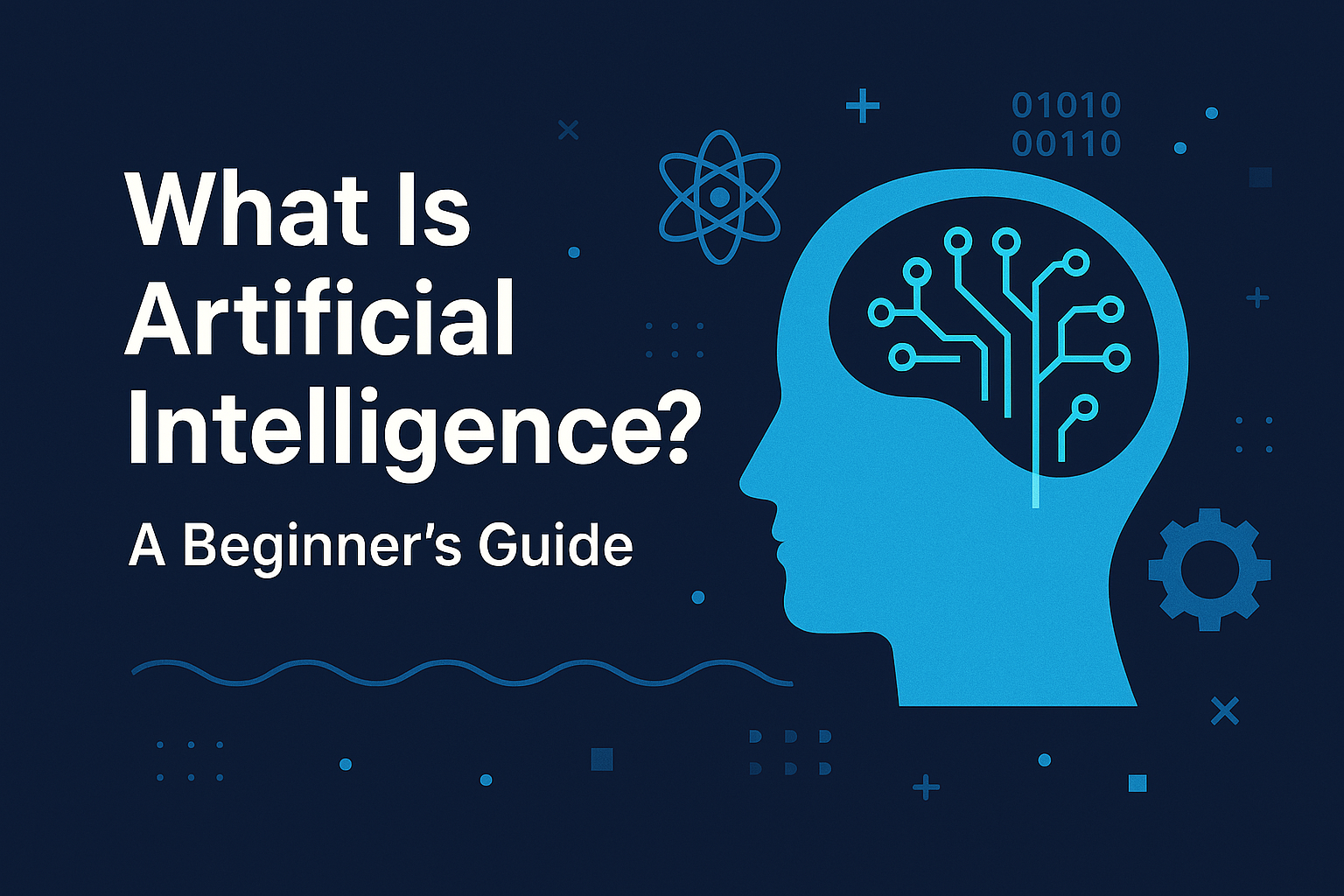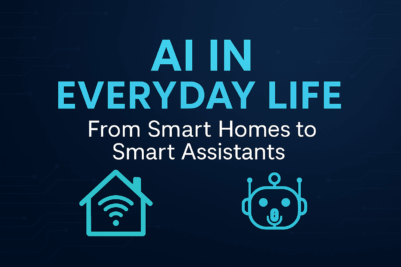Artificial Intelligence (AI) is no longer a futuristic concept — it’s here, integrated into the devices, platforms, and services we use every day. But what exactly is AI, and why does it matter? This beginner’s guide breaks it down in simple terms, helping you understand what AI is, how it works, and why it’s shaping the future.
🧠 What Is Artificial Intelligence?
At its core, Artificial Intelligence refers to machines or systems that can mimic human intelligence — such as learning from data, solving problems, making decisions, and even understanding language or recognizing images.
There are two main types of AI:
- Narrow AI: AI specialized in one task (e.g., Siri, Google Translate, Netflix’s recommendation engine).
- General AI: Hypothetical AI that can perform any intellectual task a human can (we’re not there yet!).
⚙️ How Does AI Work?
AI combines several technologies, including:
- Machine Learning (ML): Systems learn from data instead of being explicitly programmed.
- Natural Language Processing (NLP): AI understands and generates human language.
- Computer Vision: AI sees and interprets visual inputs like images and videos.
- Robotics: AI-powered robots perform physical tasks based on real-time data.
These systems require massive amounts of data, algorithms, and computing power to function effectively.
📱 Where Do We See AI Today?
You might be surprised how often you interact with AI:
- Voice assistants like Alexa or Google Assistant
- Smart recommendations on YouTube, Spotify, and Netflix
- Spam filters in your email inbox
- Self-driving features in cars
- Chatbots on websites
AI is silently powering our daily lives — making processes faster, smarter, and more personalized.
✅ Benefits and ⚠️ Challenges of AI
Benefits:
- Efficiency and automation of repetitive tasks
- Personalized user experiences
- Enhanced data analysis and decision-making
- Safer environments (e.g., AI in cars or healthcare)
Challenges:
- Job displacement in some sectors
- Data privacy concerns
- Bias and discrimination in AI algorithms
- Lack of transparency (so-called “black box” AI)
🌍 Why AI Matters for the Future
AI is not just a trend — it’s a foundational technology of the digital era. From revolutionizing industries to solving global problems like climate change and disease prevention, the potential of AI is vast. Understanding it today prepares us for the opportunities and responsibilities of tomorrow.
🚀 What’s Next?
This is just the beginning. Over the next 11 weeks, we’ll dive deeper into specific areas of AI — from how it’s used in healthcare and business to the ethical dilemmas it raises. Stay tuned!
👉 Did this post help you understand AI better? Share it with a friend or drop your thoughts in the comments below!





